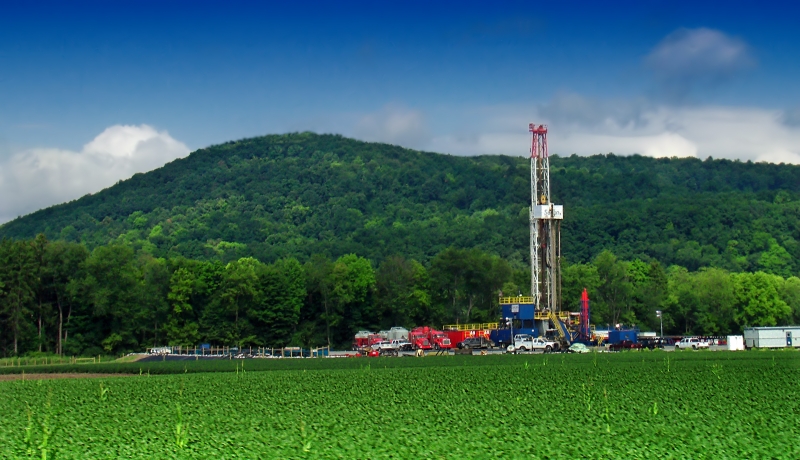In a landmark decision issued June 20, the Pennsylvania Supreme Court confirmed that Pennsylvania’s Environmental Rights Amendment, adopted in 1971, creates a “public trust” in Commonwealth resources as the “common property of all the people including generations yet to come.”
 |
Ruling in Pennsylvania Environmental Defense Foundation v. Commonwealth, the court held last month that the legislature’s diversion of oil and gas royalties from public lands to the general fund for non-conservation purposes, which it began to do in 2009, violates Article 1, §27 of Pennsylvania’s Constitution. These funds must, the court held, be expended to conserve and manage the public’s natural resources for the benefit of the people. Accordingly, the court held that §§1602-E and 1603-E of the Fiscal Code (dealing with royalties from public lands) are unconstitutional, and it remanded other issues (dealing with rentals and leasing bonus payments) to the Commonwealth Court for further analysis. Proceeds from the public trust, the court held, must be returned to the public’s benefit and used for conservation and maintenance of public natural resources. The phrase “for the benefit of all the people” in the Amendment “does not confer upon the Commonwealth a right to spend proceeds on general budgetary items.”
The majority for the first time adopted a “public trust” analysis of the Environmental Rights Amendment for the court. It built on and expanded the analysis of the influential plurality opinion in 2013 in the Robinson Township litigation, which had interpreted the Environmental Rights Amendment but did not have a majority of the court supporting the analysis.
Notably, the court also completely repudiated the long-standing Payne v. Kassab test, first articulated by the Commonwealth Court in 1973 and used since then by Pennsylvania’s courts and the Environmental Hearing Board to interpret the Environmental Rights Amendment. That three-part test was cited by the Commonwealth Court as recently as this month in a zoning case involving shale gas development. It asks whether the Commonwealth complied with all laws, exhibited a reasonable effort to minimize environmental impact, and did not commit an abuse of discretion when weighing harms and benefits. In last month’s ruling, the Pennsylvania Supreme Court held that the Payne test “strips” the Environmental Rights Amendment of its meaning and should not be used.
The court also resolved a long-standing ambiguity in Pennsylvania jurisprudence by confirming (as most lawyers have believed) that the Environmental Rights Amendment is self-executing—that it applies whether or not the legislature adopts implementing language in legislation.
